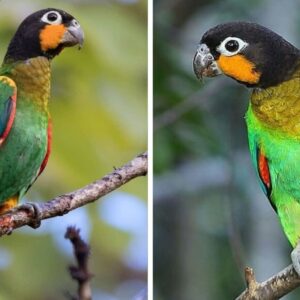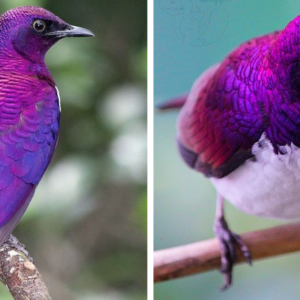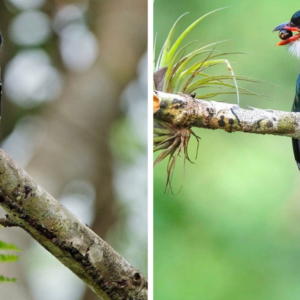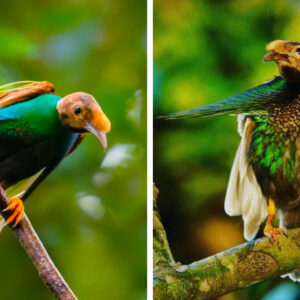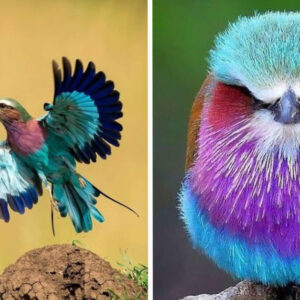A tiny bright-red bird that is unmistakable not only because of its color but also because of its hyperactive state!
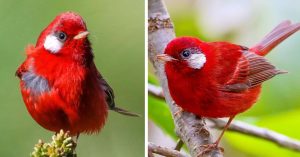
THE RED WARBLER
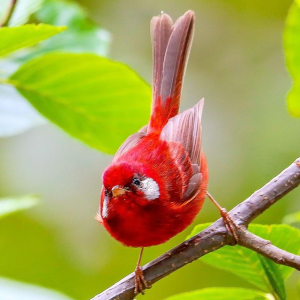
The red warbler (Cardellina rubra) is a small passerine, measuring 12.5–13.5 cm (4.9–5.3 in) in length, weighing in at 7.6 to 8.7 g (0.27 to 0.31 oz). Adult birds are red overall, with either a white or dark gray (depending on the subspecies) auricular patch on each side of their heads. The wings and tail are slightly darker, dusky red, and edged in pinkish-red. The legs are a dull red-brown, and the bill is a pinkish-gray with a dark tip. The iris is dark brown to blackish.
Plumage varies little between the sexes, although the female tends to be a little duller or more orange-tinged.
Adult pairs separate and molt fully from August, after the breeding season.

This species is endemic to Mexico, being found from southern Chihuahua all the way down to southern Hidalgo.
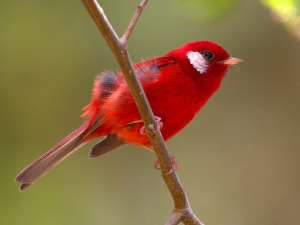
The red warbler prefers to live in humid and semi-humid pine, pine-oak, fir, and to a lesser extent, oak forests, located at high altitudes. They are present at altitudes of 2.000-3.500 m.
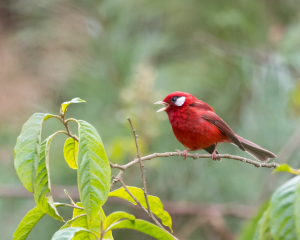
Red-faced Warblers prefer to forage in trees with dense foliage, particularly in conifers, where they glean a variety of insects, especially caterpillars, from the outer branches. This species also hover-gleans like a flycatcher to catch insects.
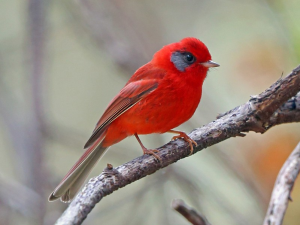
The Red-faced Warbler builds its cup-shaped nest in a hollow on the ground. The nest site is often on a slope in the open or at the base of a woody plant. Sometimes the nest site has an overhang provided by a plant stem, log, or rock, which helps to conceal and protect the nest. The nest is built by the female and is made of bark, leaves, or pine needles with a lining of grasses or animal hair. Only the female incubates the eggs for 16 days, but both parents feed the young when they hatch. Chicks become fledged after 10-11 days.
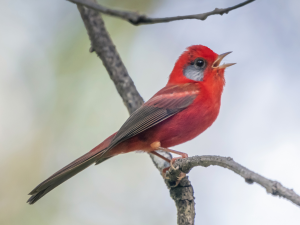
This species is regarded as of Least Concern on the IUCN Red List, having a large breeding range and a global population estimated at 50.000-500.000 individuals. The population is suspected to be in decline owing to ongoing habitat destruction.

WATCH AND LISTEN TO THIS BIRD RIGHT HERE IN THE VIDEO BELOW:
https://levanews.com
